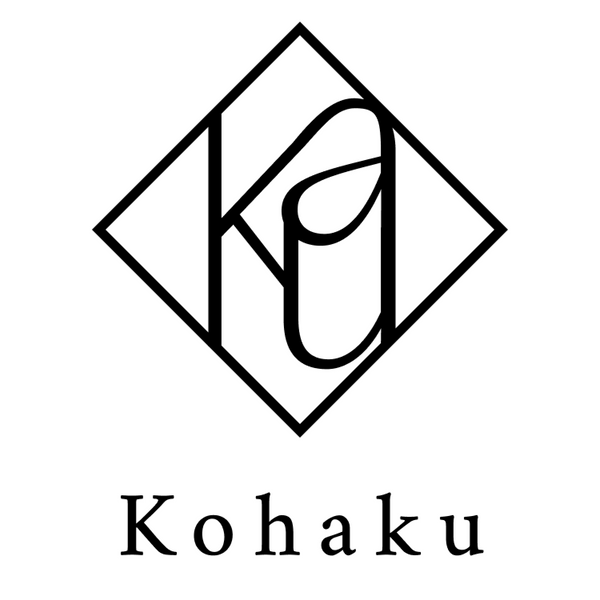
Where is Igusa Grown? Exploring Kumamoto, Japan's Primary Production Area
Where is Igusa Grown? Exploring Kumamoto, Japan's Primary Production Area
If you've ever experienced the calming scent and natural beauty of a tatami mat, you might be curious about the material used to make it—Igusa (rush grass). In Japan, more than 90% of domestically produced Igusa comes from one place: Kumamoto Prefecture. Let’s take a closer look at this region and the rich history behind its Igusa cultivation.
Kumamoto's History as Japan's Largest Igusa Production Area
Kumamoto Prefecture, specifically the city of Yatsushiro, is Japan's largest producer of Igusa. But it wasn't always the primary production area. Historically, regions like Bitchu and Bingo (modern-day Okayama and Hiroshima) were known for Igusa cultivation, along with areas in Fukuoka and Kumamoto. One key requirement for successful Igusa farming was coastal farmland, as Igusa is a resilient crop that can thrive even in salt-rich soil. Recognizing this, the lords of these lands encouraged farmers living near the coast to cultivate Igusa to boost local industries and provide stable income.
The Story of Yatsushiro’s Igusa Farms
In Yatsushiro, there’s a town named Senchou, which holds deep historical significance. The name "Senchou" translates to "a thousand hectares," reflecting the vast agricultural area dedicated to Igusa farming. At the local JR Senchou Station, a large sign proudly proclaims, "Japan's No.1 Igusa Production Area." Surrounding the station, you’ll find place names like Shimmuta and Takemuta, featuring the character "牟," often seen in coastal areas of Kyushu.
The cultivation of Igusa in this region dates back to the late Muromachi period (early 16th century). At that time, the local lord, Iwasaki Shume Tadayuki, noticed the difficult living conditions faced by Yatsushiro’s farmers. Due to the salt-rich soil and frequent flooding of the Kumagawa River, traditional agriculture was not thriving. In response, the lord encouraged the cultivation of Igusa, a crop well-suited to the challenging conditions. His compassionate decision led the farmers of Yatsushiro out of hardship, establishing Igusa farming as one of the area's major industries for over 500 years. Today, the Iwasaki Shrine in Senchou honors Lord Iwasaki as the "God of Igusa," a testament to his lasting impact on the region.
Kohaku's Commitment to 100% Kumamoto-grown Igusa
At Kohaku, we are committed to using 100% domestically produced tatami from Kumamoto Prefecture. This commitment extends beyond just creating high-quality products; it's about preserving the legacy of Kumamoto's Igusa farming, supporting local craftsmen, and passing down this heritage to future generations. When you choose Kohaku's tatami yoga mats, you're not only embracing a piece of Japanese culture but also supporting a community and industry that has thrived for centuries.
Why Kumamoto-grown Igusa?
Kumamoto's climate and soil are ideal for cultivating high-quality Igusa, giving tatami its unique texture, scent, and durability. By using Kumamoto-grown Igusa, Kohaku ensures that every product reflects the craftsmanship and natural beauty of traditional Japanese tatami.
Final Thoughts
The rich history of Igusa farming in Kumamoto is woven into every tatami mat we create at Kohaku. By choosing our products, you’re not just adding a piece of Japanese tradition to your home; you’re also helping to preserve the craft, culture, and community of Kumamoto’s Igusa farmers.
Experience the beauty and tradition of Kumamoto-grown Igusa with Kohaku's tatami yoga mats, crafted to bring peace and nature into your life.
